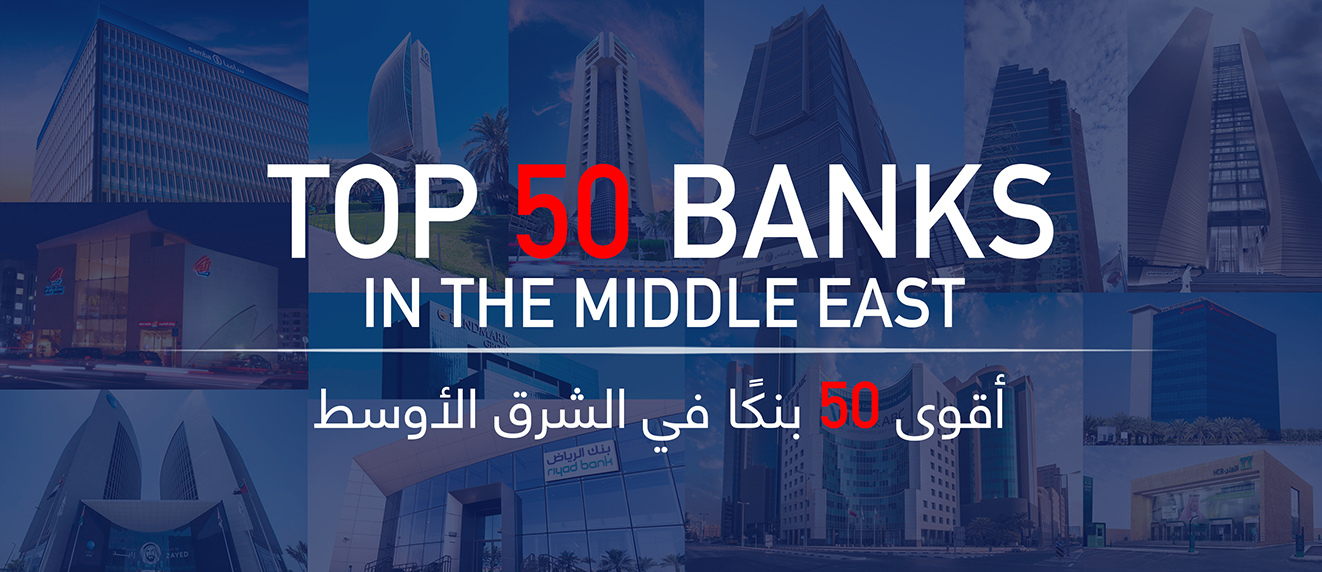

Top 50 Banks In The Middle East 2019
The past year has been eventful in the Middle East’s financial services sector. Last year, we saw the Saudi British Bank merge with Al Awwal Bank to create Saudi Arabia’s third largest lender. This came after Abu Dhabi Commercial Bank’s tie-up with Union National Bank and the subsequent takeover of Al Hilal bank as its Sharia-compliant arm in the U.A.E.
The Islamic banking sector has also seen the merger of the region’s largest Islamic bank, Dubai Islamic Bank, with Noor Bank, a U.A.E.-based Sharia-compliant lender.
These mergers have reduced competition in an oversaturated banking market and in the long run will improve the profitability of the banking system. Dubai-based investment bank, Shuaa Capital, has also agreed to merge with its largest shareholder, Abu Dhabi Financial Group, to create a $12 billion asset under management firm.
And the region’s payment’s sector saw two large IPOs: one from Finablr, which owns the U.A.E Exchange brand, and one by payments solution giant, Network International. Both are listed on the London Stock Exchange. Innovation is revolutionizing banking and finance, increasing efficiency and reducing costs for incumbent players, while at the same time challenging traditional business models, which is having an impact on the fees earned by banks. Banks have been quick to adapt to technology.
Emirates NBD now has a robot call center called Eva and an online-only bank called Liv, while Mashreq has an online-only bank called Neo and plans to convert half of its traditional branches to digital branches this year. The region’s entrepreneurs are accelerating the speed of innovation by building smarter ways to make payments, buy insurance, get loans and make investments, all at a fraction of the cost of traditional players.
For the Top 50 Banks, we collected information from the region’s stock exchanges and ranked them on the basis of:
- Revenues
- Assets
- Profits
- Market Cap
Top 10
Full List

No Data













